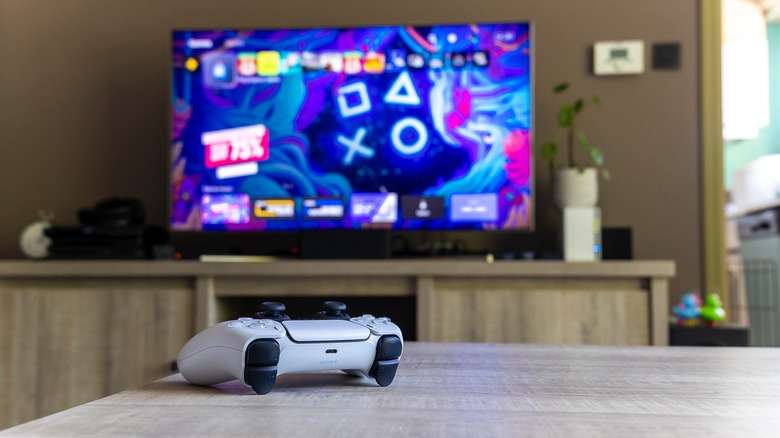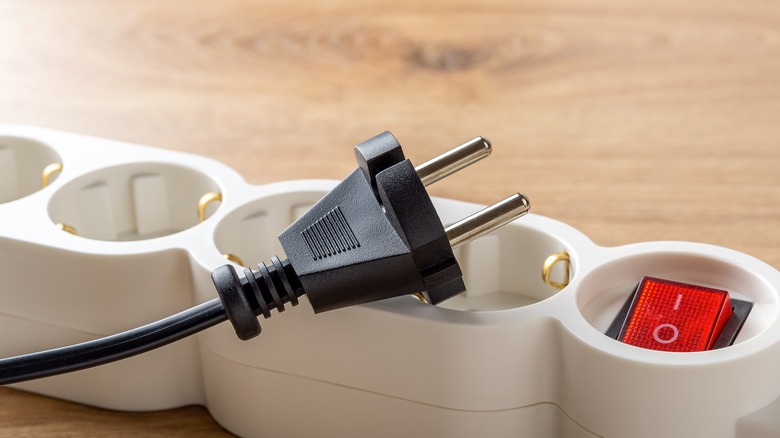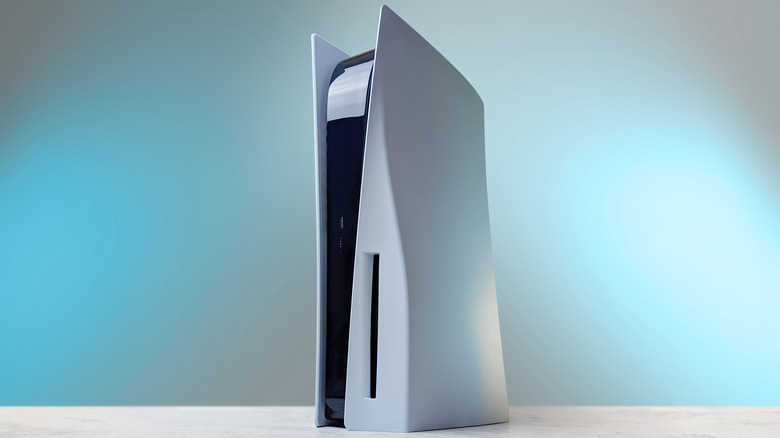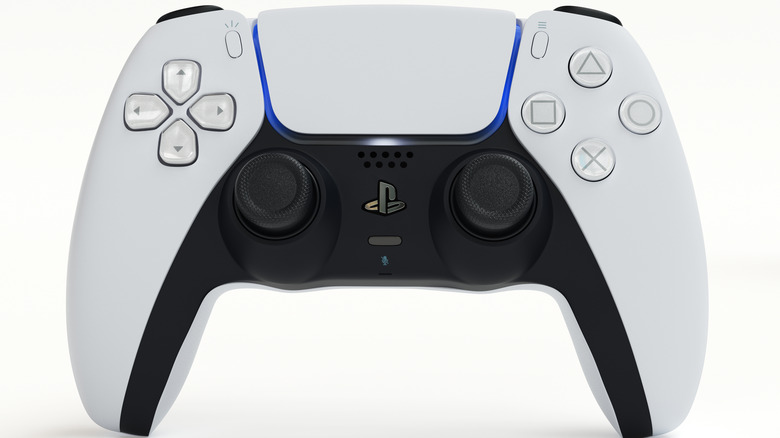How To Completely Turn Off Your PS5
While you may be excited to turn on your brand-new PS5 and play some of your favorite games, understanding how to turn it off correctly is essential for any console owner.
Though it may seem simple, there's more to turning off a PS5 than just pressing a button. One common mistake users make is putting the console in Rest Mode, which only partially turns it off. Instead, Rest Mode keeps your PS5 in a low-power state, enabling you to resume your gaming session quickly. However, there are several instances when completely shutting down your console is the better option.
Whether you're trying to prevent your console from overheating or complete troubleshooting for a particular problem, you may want to power your console off for several reasons. Essentially, anytime you unplug your console from power, you'll want to turn it off correctly to prevent data loss. Fortunately, it's not very difficult to completely turn it off, and it's even easier to turn it back on after.
Why you might want to power off PS5 completely
Rest mode will be your best bet for efficiently managing your PS5's power settings for everyday usage. However, turning off your console comes with many benefits.
Electrical disruptions pose risks to electronic gadgets, and the PS5 is no exception. Unanticipated power failures may harm the console's components and erase progress in games you have yet to save. Switching off your PS5 safeguards its delicate hardware and preserves your in-game achievements.
Addressing technical issues is another reason to power down your PS5. Software updates or diagnosing glitches often necessitate a console reboot to execute accurately and without complications. By ensuring your device is off, you create an ideal environment for the successful implementation of patches and the resolution of any malfunctions.
Lastly, consider transporting your gaming console. Whether embarking on a vacation or moving to a new home, taking your PS5 demands proper care. Completely shutting down the device is required by Sony before removing it from power and minimizes the chances of accidental data corruption during the powering-down cycle.
How to turn off your PS5 properly
Unless you've done it on purpose, it's unlikely that you've ever completely turned off your PS5. By default, your PS5 will enter Rest Mode after idle periods. However, you can turn it off in just a few steps.
- Begin by pressing the PS button on your DualSense controller. This action will launch the PS5's Control Center, the horizontal menu appearing at the bottom of the screen.
- Navigate to the Control Center's right to locate and select the Power icon.
- Within the Power submenu, you will encounter three alternatives: Enter Rest Mode, Turn off PS5, and Restart PS5. Choose the 'Turn off PS5' option to shut down your console entirely.
- After selecting 'Turn off PS5,' your console will initiate the shutdown process. Please wait patiently as the system powers down. The PS5's LED indicator light will gradually fade from white to orange before turning off completely, signifying that the console is no longer operational.
It is crucial to reiterate that while selecting Enter Rest Mode may seem tempting, it does not completely power off the console. Think of when you close your laptop while it's connected to power; that's what's happening with PS5's Rest Mode.
How to turn off your PS5's DualSense and why you might want to
In addition to managing your console's power settings, you can also toggle your DualSense's power. By turning off your controller when not in use, you conserve its battery life, allowing extended gaming sessions without frequent recharging. Additionally, shutting down the controller minimizes the likelihood of unintentional button presses that could disrupt ongoing downloads or game installations on the console.
- Press the PS button, navigate to the Accessories tab, and click it. It will have the icon of a DualSense.
- Click the option for your DualSense Wireless Controller.
- Choose to Turn Off from the available list of options.
By powering down the device, you reduce the risk of accidental activation, which could cause it to connect to nearby consoles or drain the battery. Furthermore, completely switching off the controller can help troubleshoot any potential problems that haven't been fixed by updating its firmware.



